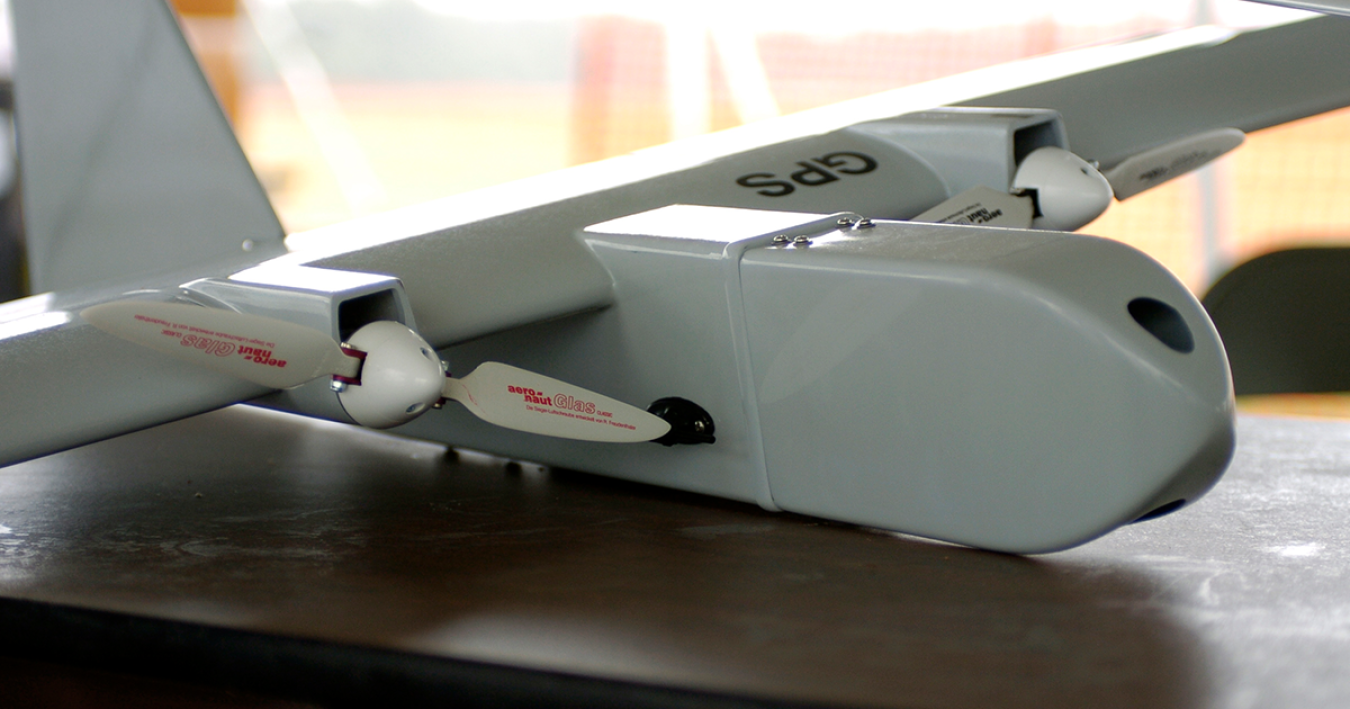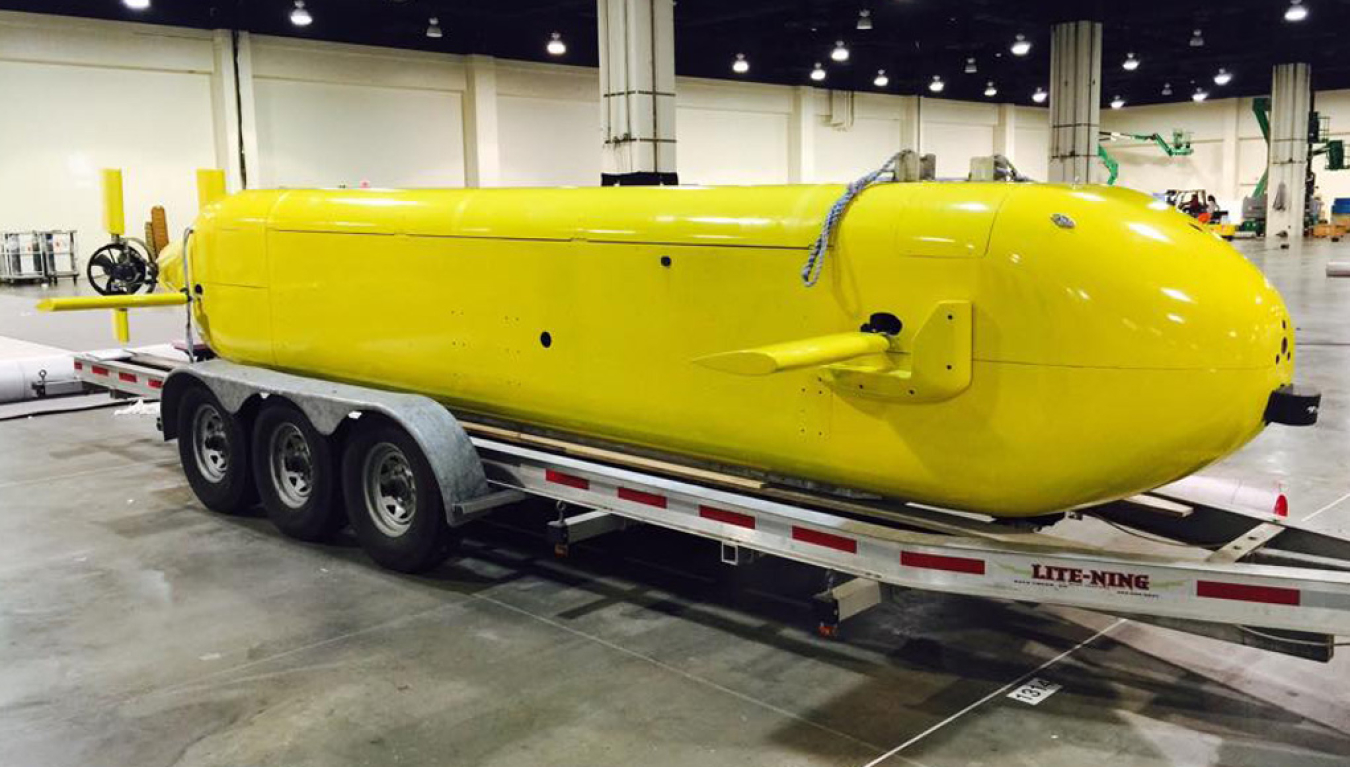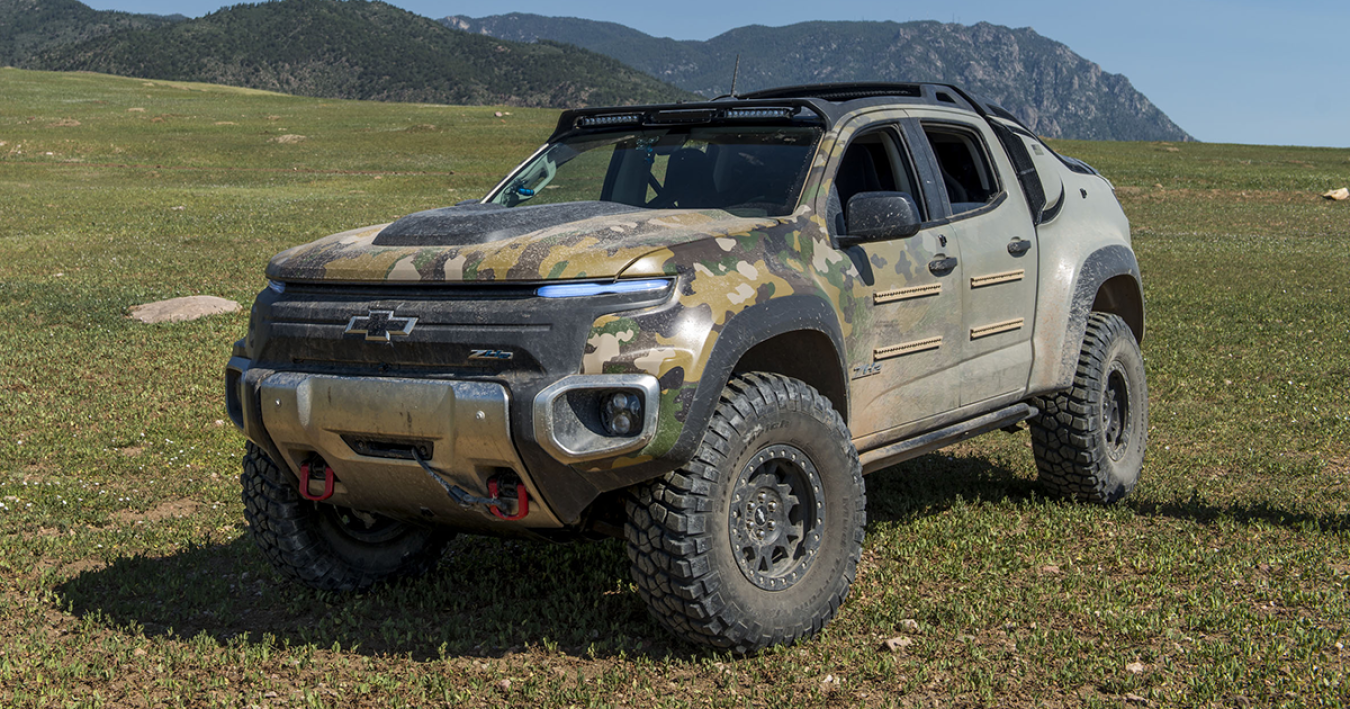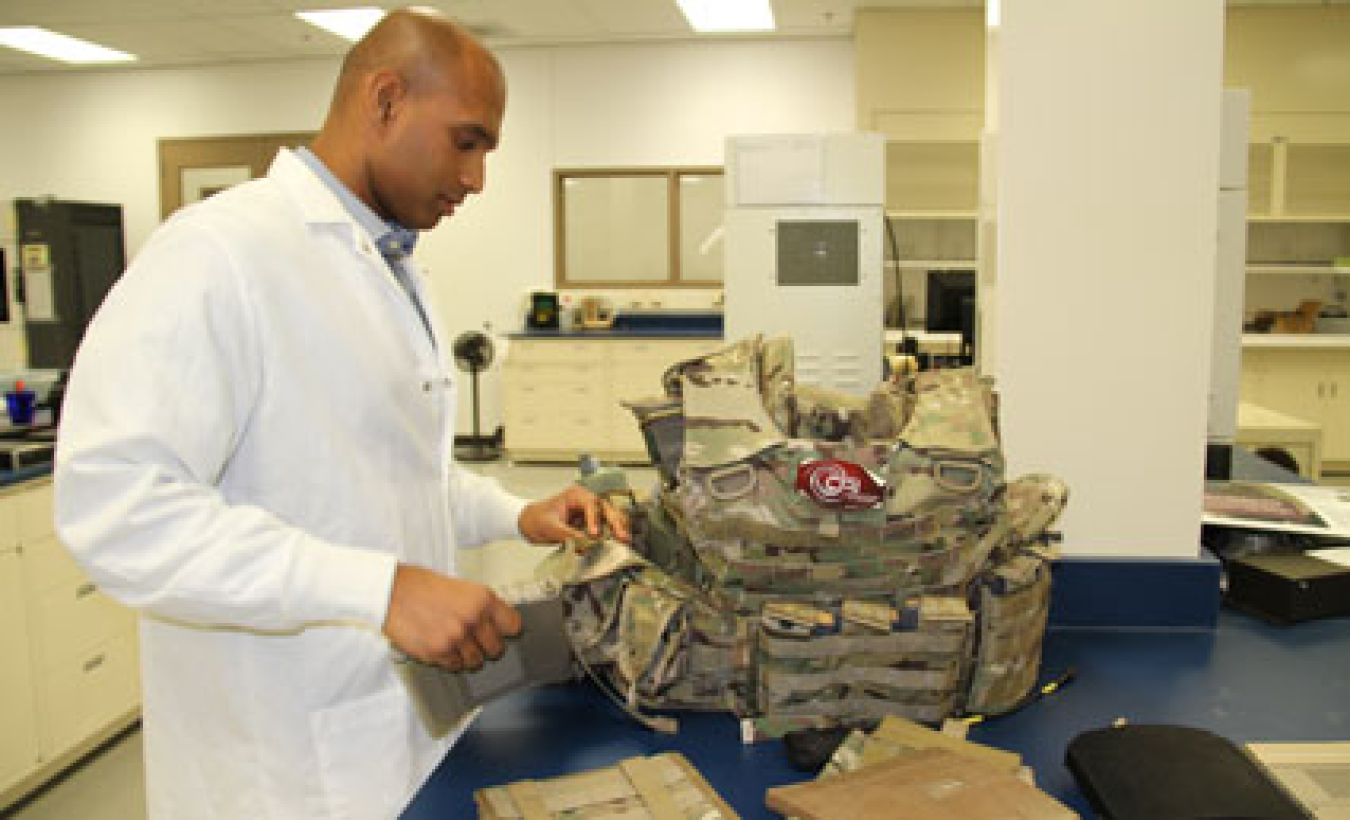From powering soldier gear to flying unmanned aircrafts, fuel cells are becoming an attractive option for the U.S. military. Their ability to produce clean, reliable electricity from hydrogen on-site is being used in a variety of ways to help soldiers protect our national security—and improve energy efficiency at the same time.
Below are four developing fuel cell technologies that will help power the U.S. military.
Unmanned Aerial Vehicles (UAVs)

Fuel cells can increase air time of these drones by hours and charge in just minutes.
Unmanned aerial vehicles (UAVs) are typically used for military operations where manned flights would be too risky or difficult. They send back real-time imagery of activities on the ground and are usually powered by batteries that last up to 30 minutes before they need to recharge. Hydrogen fuel cells can increase UAV air time to approximately 8 hours and, after landing, can be refueled in less than 15 minutes. Also, there are no moving parts—meaning the fuel cell-powered UAV requires less maintenance and zero lubricants.
Unmanned Undersea Vehicles (UUVs)

GM is developing a prototype similar to this undersea vehicle that can run for longer periods of time using fuel cells.
In partnership with General Motors (GM), the Navy’s U.S. Naval Research Laboratory is developing a long-endurance unmanned undersea vehicle (UUV). The Navy started using fuel cells instead of batteries in UUVs to allow bigger payloads and longer runtimes. They recently completed an evaluation of a prototype at the Naval Surface Warfare Center in Carderock, Maryland. Because fuel cells are compact, lightweight, and reliable, they have the ability to run for long periods of time and support the Navy’s focus on energy technology for vehicles that need more endurance.
Light-Duty Trucks

This vehicle won't just carry out missions, it could also hydrate our soldiers.
GM is also working with the U.S. Army to develop a hydrogen fuel cell-powered light-duty utility truck. The ZH2, based on a Chevy Colorado, has a reinforced body with a suspension built for off-road handling. It’s also powered by a fuel cell and a battery that’s quieter than traditional internal combustion engines and gives off less heat. This will help in situations where the Army wants to reduce sound and thermal signatures. The truck comes with a 50-kilowatt battery—charged by the fuel cell—that can be removed to power other applications. The ZH2 can also keep soldiers hydrated since the only byproduct from the fuel cell is pure water. The Army is in the process of evaluating the truck for potential use in military operations.
Wearable Power Systems

Researchers work to decrease battery weight by 50% using fuel cells.
Ideal equipment weight is 30% of a person’s body weight, but some soldiers have to carry more than 100 pounds. To lighten the load, the Army is looking into replacing lithium-ion batteries with fuel cells for power generation—decreasing battery weight by 50%. These “wearable power systems” for the dismounted solider can produce 20 watts (W) of continuous output and 35W of peak power. To aid this effort, the U.S. Department of Energy (DOE) is working to drive down the cost of aluminum hydride—a promising material that can be used for storing hydrogen to utilize in these portable fuel systems.
Learn more about DOE’s Fuel Cell Technologies Office and how it supports early-stage research and development to advance hydrogen and fuel cell technologies for multiple energy applications, including for the U.S. Department of Defense.
